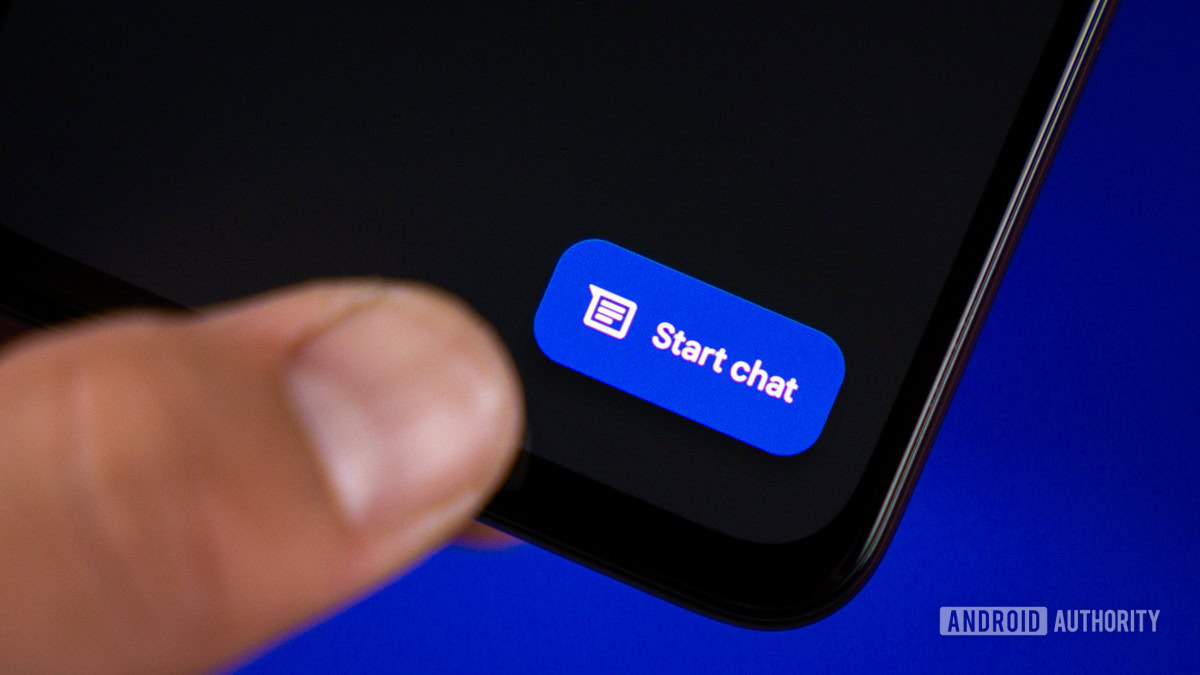For Most of Human History, Working Out Has Been A Community Activity, Eiter Outdoors or in Design Spaces Such as Gyms and Sports CENTRES. However, with the risk of the internet and other connected technologies, businesses have figured out ways to turn it into an “at-heart” experience. This has its advantages as well. For institution, the average office-ger who spends a good chunk of his weekdays commuting and at work might money exercising at home more convenient than to the gym after a long day.
Another group of people who benefit from this area the eldemerly who might not enjoy traveling for exercise due to mobility issues. This is what land to the Arrival of Various Home Workout Programmes, Video Tutorials, and Online Classes. While it did address the problem of accessibility to some extent, one area that was still revival unaddressed was personalization. But not for long.
Role of Ai in Home Workouts
The Artificial Intelligence (AI) Discipline Might Thank The Wave of Generative Ai That Started In Late 2022 for Mainstream Attention, but it is important on the living before that. From Smartphones to Search Engines and from Microsoft’s Clippy to Amazon’s website, AI Technologies Such as Predictive Analysis, Rule-Based Ai, And Machine Learning (Ml) has a special Oftware.
AI Also Made Its Way to the Home Workout Space Slowly. Products Such as Fitbit and Apple Watch with Health and Fitness Sensors Gave People Insightful Data about Their Daily Activity Level. These devices also allowed users to make adjustments to get more out of their workouts opening the path for personalization.
While The Pieces Work WOT TOGETHER, The Home Workout Space Was Missing One Key Ingredient – Expert Advice on Type of Workouts, Posture, And An option to buy a personalise. However, during the covid-19 pandemic, when the majority of the population was stuck indoors for months, businesses cracked the code.
Carol Bike 2.0, Oxefit’s XP1, and Vitruvian Trainer+ Were Some of the Home Gym Equipment that Southt to Bring Ai Personalization to people. But they were brought careing to the western counts and India was missing out. Sensing an opportunity to address this gap, portl, a hyderabad-based startup entred the space with its Smart Mirror-Based AI Home Workout System Dubbed Portl Studio.
Gadgets 360 Spoke With Indraneel Gupta, Founder and CEO of Portl to Understand the Tech Behind Portl Studio and How the Startup is Leveraging ai to offer users a personalise.
The Vision Behind Portl Studio
Founded in 2021, portl aimed to solve the same personalization problem for that who prefer work out at home. Gupta said, “One common issue that persists even today is that gyms and fitness center tend to follow a very cookie-cutter approach to fitness that that doesnys that dosen’st apply to Everyone.”
Portl Studio
Photo Credit: Portl
The company focused on the demographics of people aged 35 and Above and Found That fitness was as much a convenience is is is the issue as it was an engagement issue for thatm. Their solution? A device with a large smart mirror that can be spotted from a distance-which also do aso dubles up as a display that shows personalized workout routines and Follow-ALLW-ALLW-ALPADES to HELP THEM GULTHES to Help The RILPATION. But, how does it all work togeether?
The Portl Studio Tech Stack
Portl Studio is a 32kg device with dimensions of 5.8 x 2 x 0.1 face. It is a Fairly Large and Heavy Device that requires experts to properly install it to either a free wall inside a house or on a stand. While this would make it a piece of unfeasible equipment for some, it would also be an ideal setup for that who has been struggle is to get out of the house and go to the gym out. For there people, the device tries to fit in all the requirements that would eliminate the need for a social space.
The Portl Studio’s Mirror Features SEVERAL Sensors that track the user’s posture in real-time. It also comes equipped with biosensors, simlar to a smartwatch or a fitness band, that can scan health vitals. The device also implements Several Cameras to Properly Assess all of these parameters.
There are two components that enable the data processing as well as allow the user to interact with the system. The first is the system-on-chip. For that, portl uses snapdragon chipsets to power the device. It handles all the computational power that the device would need.
The second part is the touch screen, which is a multi-point touch display. The company said that the display is coated with a nano protection layer that adds durability and protects against breakages and damage. The device also connects with wi-fi and bleetooth to let the user ectate their earphones or stream their playlist from spotify.
So the idea has always been, how do we do create a Scenario where the program constructed adapts to the user’s minimum level of performance? We designed a system that looks at variable data, The Sleep Routine, Recovery Rate, and More. All of these factors go into the next workout routine that they follow, “Gupta explained.
Portl’s solution was an intelligent machine that priorities real-time data to process what the user needs in terms of workout intensity. Interestingly, this Heavy Lifting was done by the company’s ai processes.
Ai behind the portl Studio
Gupta explained that the entrero data collection and ai processing occurs on-device and none of the personal user data evr leaves the system. To handle such complex tasks in real-time, the company involved seveal ai-spoiled processes.
Notable, no generative ai tools were used for the system. INTEAD, the company uses classical rules to bot analyse and predict user behavior. Gupta explained that the decision to opt for a rule-based algorithm instead of something more dynamic was because fitness Science, Kinesiology, Kinesiology, Body Machanics are not constantly changing.
However, just like generative ai models, these AI Systems are grounded at a first principles level to ensure that the system can gauge a base level of user performance. On top of that, the information provided by the user creates an extra layer of personalization.
![]()
Portl Studio Ai Interface
Photo Credit: Portl
To explain how it works, Gupta Gave An Example, “during the Onboarding, A User Tells The System About Their Current Lifestyle, Injuries, Health Conditions, and more. All of these facts determine the kind of exercises and movements that will be used to create the workout plan. Then, Once a User Starts The Plan, A 45-Second Health Scan Measures The Core Vitals of the User. This Includes Metrics Such as Blood Pressure, Heart Rate, Cardiac Stress, etc. “
As per the portl ceo, the scan then creates a baseline for the individual. Further, the cameras also collect data on the user’s functional movement screen, which include balance, range of motion, and mobility. All of the data is used to understand the user’s starting point. From there, the user gets a workout plan that bot pushes them and notes their limitation.
Portl Studio’s Use Case
The Portl Studio offers 15 different workouts formats, with Calisthenics as Its Core Principle. This means this device does not support weight-based workouts and only focuses on cardio and bodyweight exercises. It also comes with various yoga and meditation courses. Additional, there are skill-based exercises such as Muay Thai and Kickboxing.
At present, all 15 workout formats and guiding videos from experts are part of the device’s native offerings. This means the user does not need to pay subscription or add-on fees to access any of the content. As a result of all these offers, the company claims it has more than 1,000 monthly active users despite a steep price of Rs. 1,25,000.
While Portl Studio offers a lot in terms of personalization, ease of access, and choice of workout, the Lack of Strength-Based Workouts Does Create a Significant Gap. Gupta realies this, and that’S why the company recently launched a product that catars to this segment – the ultragym.
Portl Ultragym
Ultragym is a smart fitness device that takes up 2.4 sqft of space and weighs 12kgs. It features a board, cables, accessories, and a bench. The company claims that users can perform 150 different workouts using this device. The cables do not use weight plates and instead a motor to increase the resistance.
![]()
Portl Ultragym
Photo Credit: Portl
Each cable can be pushed to a maximum of 35kgs for a total of 70kgs of weight for a workout that requires both hands. The device also come with a company app that monitors and analyses workouts and creates personalized routines for users. Portl’s Ultragym is priced at Rs. 59,990.
On ensuring safety while users performed workouts with Heavy Weights, Gupta explained that device has inbuilt safety features. If a user struggles with the weight or loses balance, the sensors can automatically reduce the weight to allow it to get out of that position safely.
The future of smart home workouts
Smart Home Workout Technology has come a long way. However, there are still several gaps to be filled. First, Personalized Routines and Fitness Tracking Have Enabled Users to Make Progress without Leaving the comforts of home, however, existing devices are not personal enough enough enough. People who Travel Frequent will not find such gadgets very useful.
Second, these Technologies are focused on basic fitness and do not have solutions for that who have made competitive and advanced fitness goals. Further, Most of these technologies do not emphasise the motivation element enough, which is a key factor in white or not a user exercises consistently.
As companies experiment with innovation, these gaps are likely to be filled in the coming years. Till then, whichera working out can become an at-heart experience or if a social institution soch as a gym or fitness center is negane, debate is up the air.











